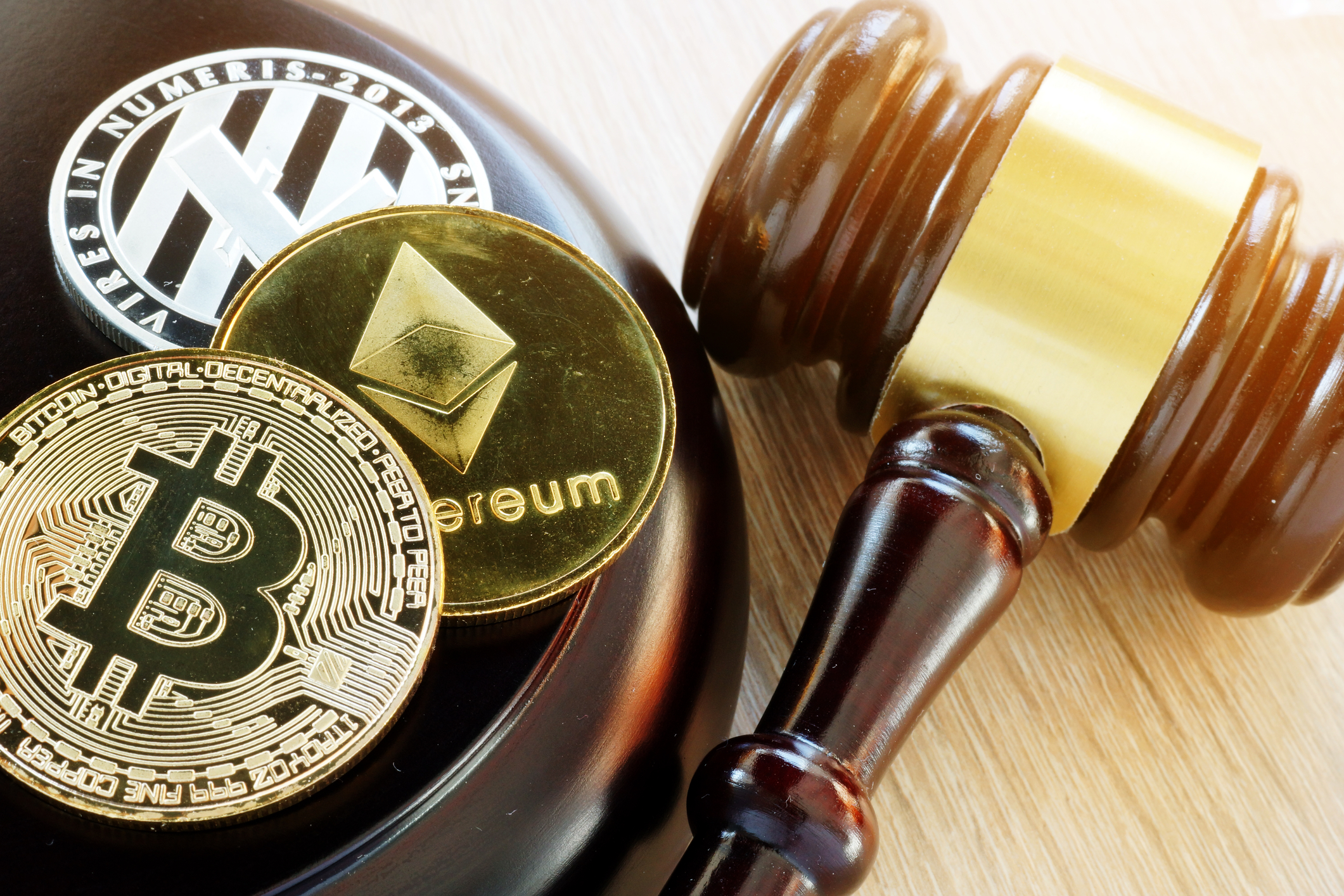Digital currency dreams meet regulatory realities

If Winston Churchill is right and generals are always ready to fight the last war, the same holds true for financial regulators, who are always ready to fight the last recession. While Churchill meant it as a commentary on being behind the times, when it comes to cryptocurrency, the lessons of the Great Recession are worth remembering.
Over the past few months, U.S. officials from the President on down have sharpened their focus on cryptocurrencies and the potential risks digital assets present to the global financial system.
In an Executive Order on Ensuring Responsible Development of Digital Assets issued in March, the top objective of U.S. digital assets policy can be summed up in a single word: Protection.
“Protection” or “protect” appears four times in the first listed objective, with additional references to “oversight,” “standards” and “safeguards” sprinkled in for good measure.
It should come as no surprise that the U.S. government is talking seriously about oversight of digital currencies. A recent Federal Trade Commission report found that since January 2021, consumers reported more than $1 billion in cryptocurrency scams. And with good reason, as cryptocurrency is “quickly becoming the payment of choice for many scammers,” the FTC said.
Even the Federal Reserve Board is paying attention to digital currencies, despite its preoccupation with monetary policy and inflation.
Fed Governor Christopher Waller addressed the potential risks in the digital assets market in a recent speech at a conference in Switzerland.
“The main issue in crypto-asset regulation isn’t how to protect sophisticated crypto-investors; it’s how to protect the rest of us,” he said.
Taking its cue from the adage “The best defense is a good offense,” federal regulators are gearing up to do what they do best, regulate. And unlike the big banks that couldn’t back their mortgage-backed securities before the Great Recession, cryptocurrency markets are unlikely to have a government-backed safety net to protect them.
Waller made that clear in his speech, saying digital asset regulations won’t be there to protect investors and speculators, “… but to protect society from the often-irresistible pressure to socialize the losses of investors with limited resources, and to limit the spread of financial stress.”
For crypto markets, that means “too big to fail” is off the table.
With all the uncertainties swirling around digital assets, and the likelihood of more instability to come, creating some kind of regulatory framework for digital assets is long overdue.
The growing federal interest in digital currencies – including the idea of creating its own digital asset – is a sign that it’s time to close the crypto barn door sooner rather than later.
It may not make any difference. Right now, 12% of adults have used or held cryptocurrencies in the past year, according to a recent Federal Reserve Board Survey of Household Decisionmaking. While relatively low, that number is certain to grow as digital asset opportunities flood social media and celebrities offer their own pithy advice on crypto.
Today digital assets are more of an investment than a medium of exchange. Even the few households dabbling in cryptocurrency are doing it mostly as an investment. And opportunities to integrate digital currency into your monthly bill cycle are harder to find than good charging stations for your electric vehicle.
Tomorrow we could all be pulling cryptocurrency out of our digital wallets like they were credit cards in our physical wallets as we fill our shopping cards with stuff.
In that case, we will need a lot more stability when it comes to spending our money, whether analog or digital. Or to put it more precisely: Same business, same risk, same rules.



